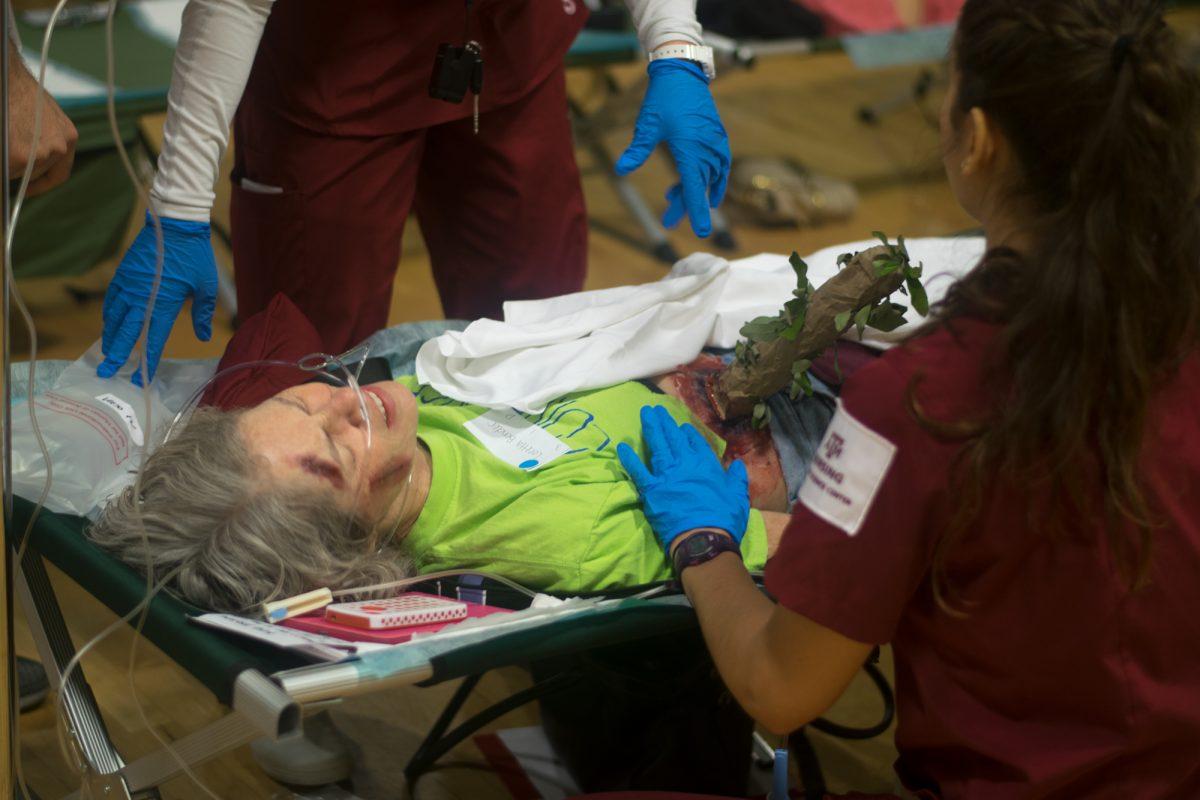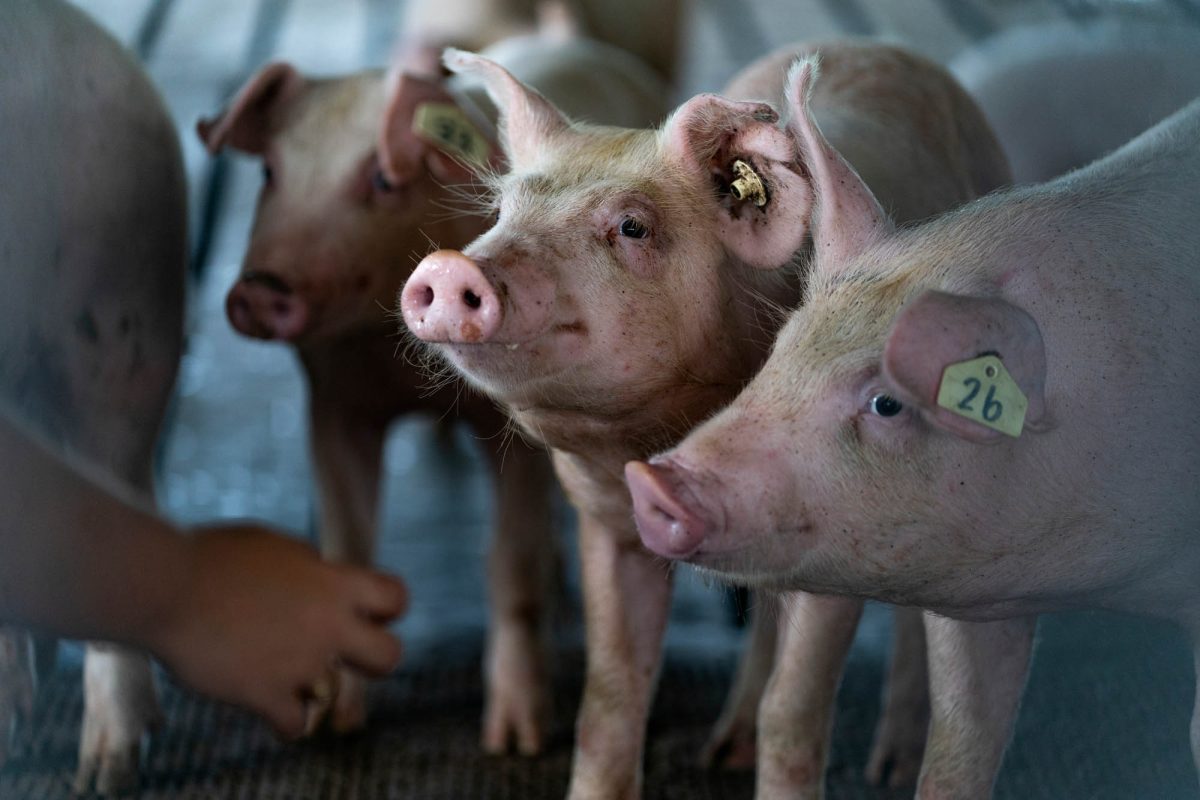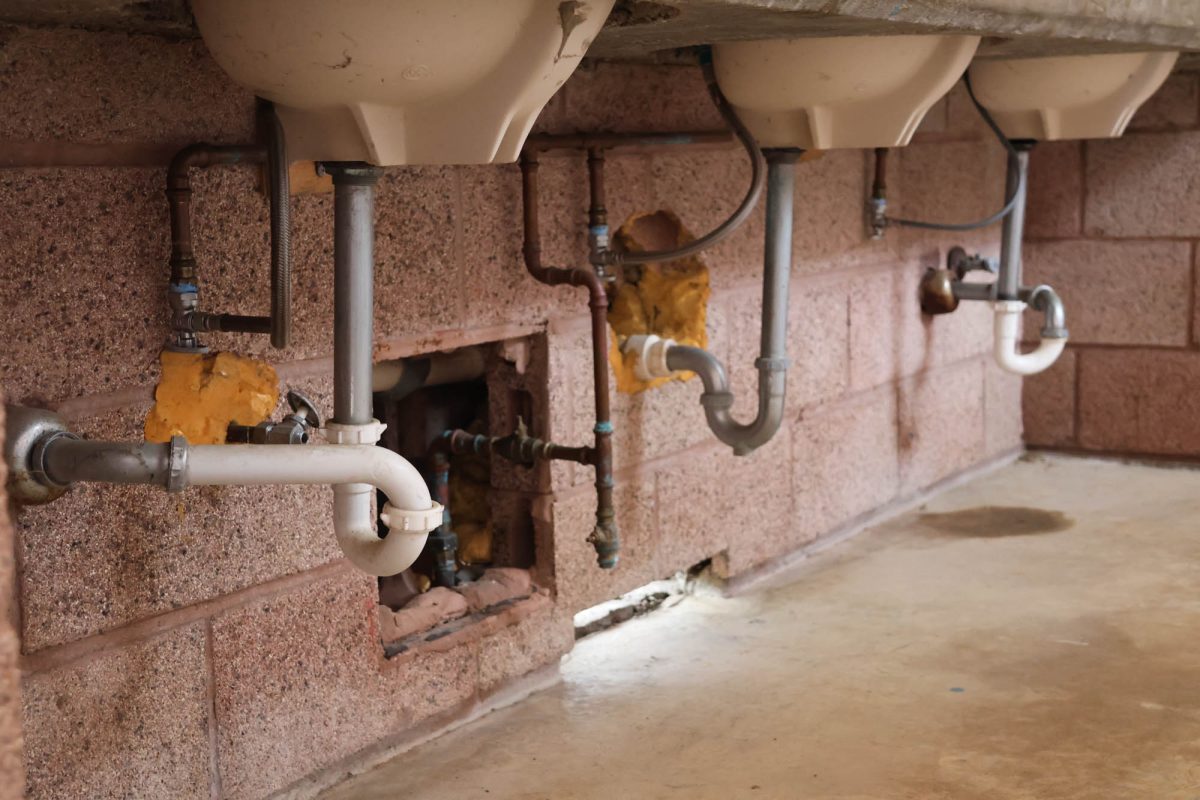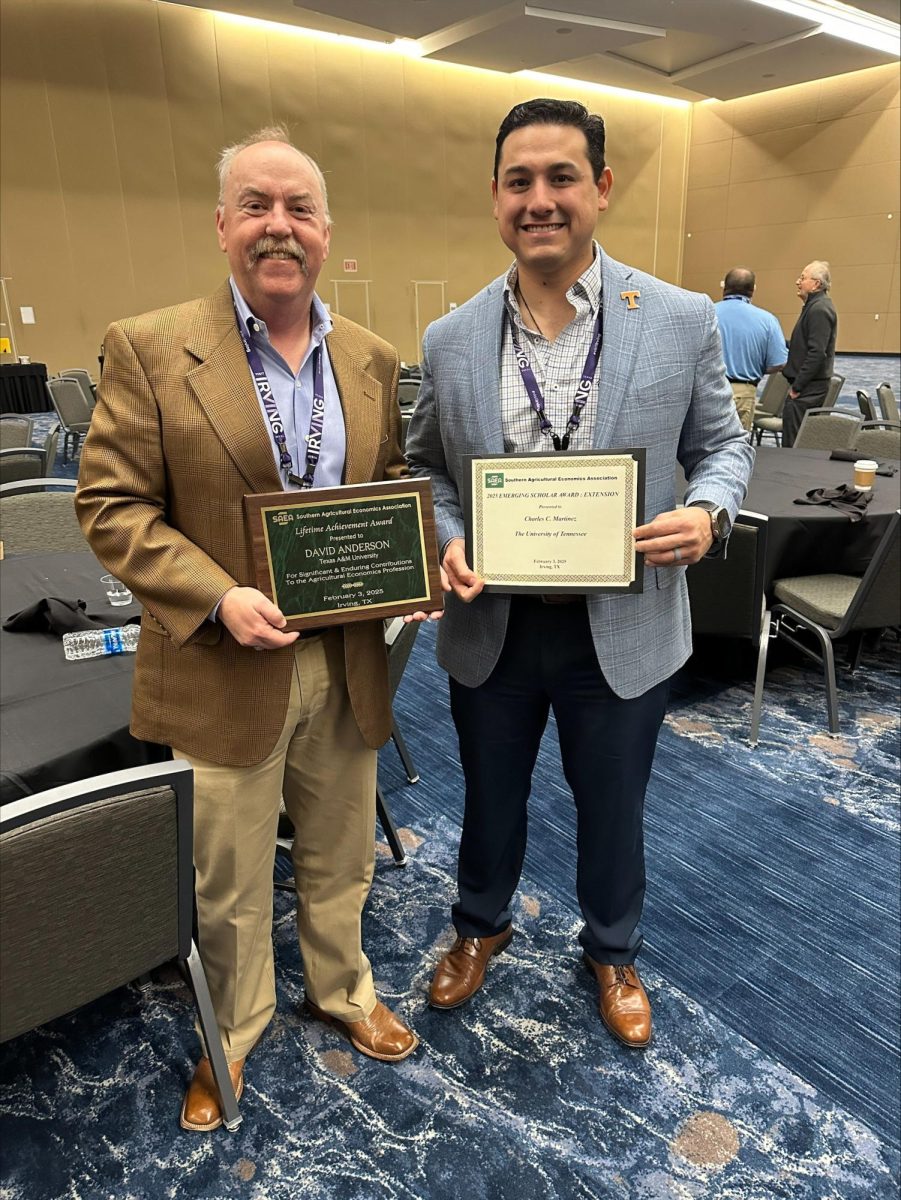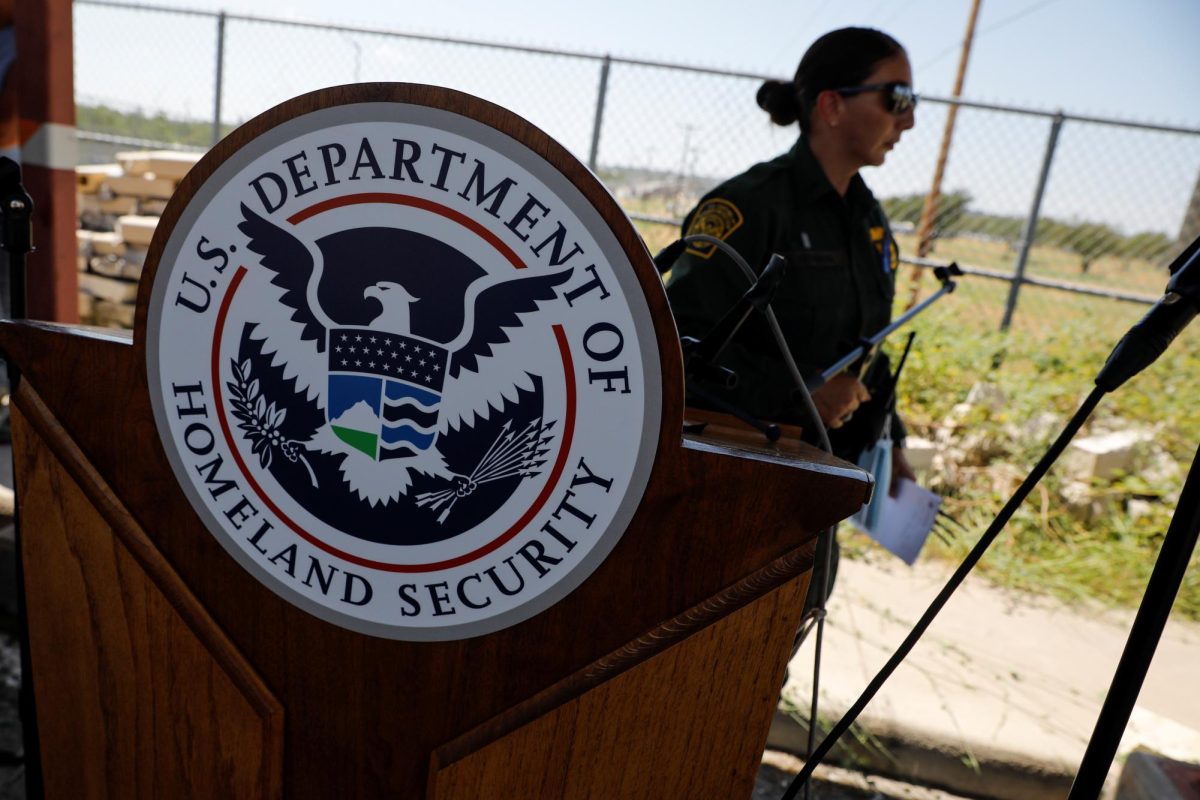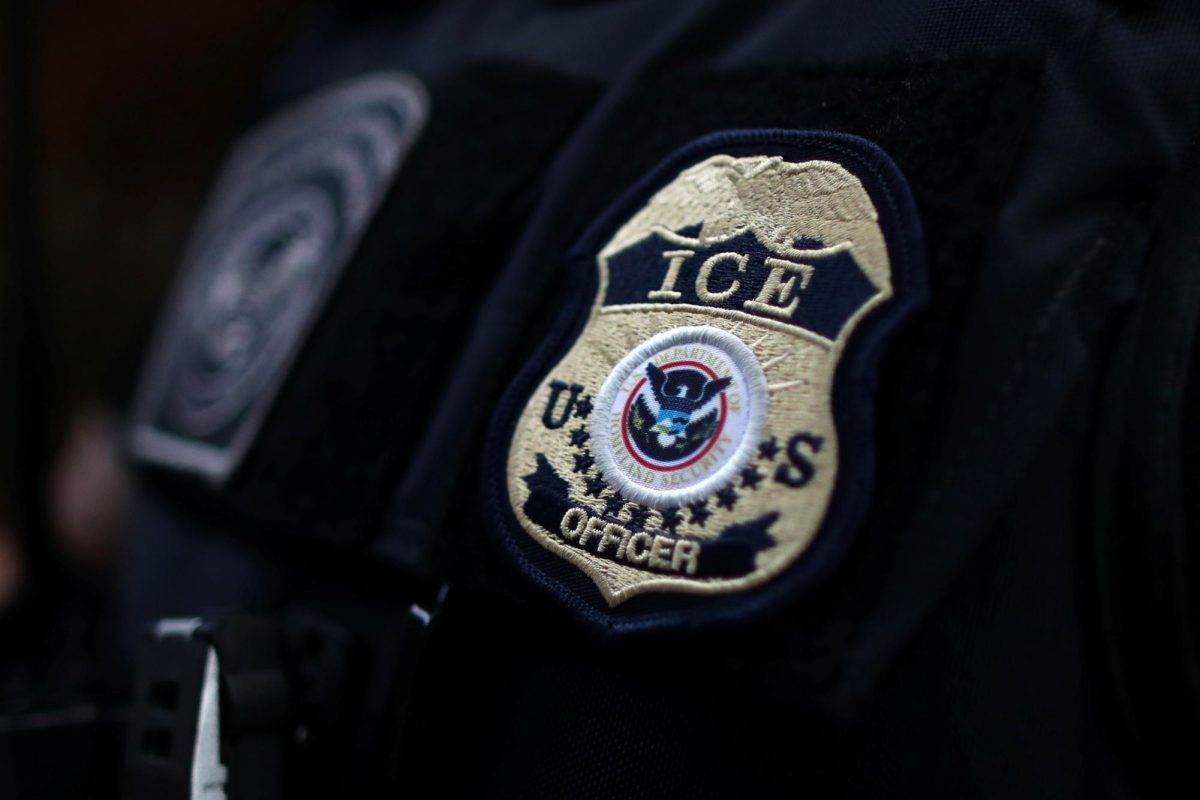Surrounded by victims with lacerations, broken bones and tree branches lodged in their bodies, an unnamed 24-year-old victim cried out his daughter’s name while he clutched his occupational broom. The victim, sweeping the floor in shock, believed he was at work on June 3, but his attending nurse assured him that he was at Central Baptist Church after a tornado touched down near Houston on March 30.
“Do you know where you are?” A nursing student asked the dazed, unnamed victim. “I’m at work, I’m looking for my daughter, Martha.”
Between the screeching of birthing mothers, the cries of broken families, and lost mentally ill victims, nursing, medicine, pharmacy, veterinary medicine, biomedical and public health students collaborated as emergency responders in the full day mass casualty simulation, or Disaster Day, coordinated and executed by the Texas A&M Health and Science Center.
College of Nursing Assistant Professor Alison Pittman said approximately 300 students worked to provide medical care for approximately 400 volunteer victims that flooded into the gymnasium doors, marking them with green (not critical), yellow (need care), red (critical) or black (deceased) triage tags to determine their necessary level of care. One key condition of the simulation was that nearby hospitals were at full capacity and could not receive any patients, so all of the medical work was completed on site, Pittman said.
“There are two nurses assigned to each row in the disaster and there is one provider assigned to each row,” Pittman said. “So they have to triage their patients and decide who needs to be treated first, second, third.”
Pittman said many volunteers acted as patients, but others acted as victims with mental illnesses or drug addictions, adding to the list of factors students had to be aware of during the exercise.
“We have a lot of patients that are walking around that have simulated mental illness, there are drug seekers walking around that are trying to steal drugs from the pharmacy,” Pittman said. “So there is a lot that the students don’t realize is happening, like drugs being stolen and things like that.”
At the makeshift pharmacy tables, students handed out measured dosages of jelly beans that represented medicine and IV fluid bags. Second year physical therapy student Matt Ward was a leader for the pharmaceutical division of Disaster Day and said collaboration between the various was key to the simulation’s success.
“We have the largest simulation in the nation for running a disaster day,” Ward said. “We have college of nursing, medicine, pharmacy, veterinary staff and biomedical sciences all here today. It’s important to get all of those communities together, because we have over 300 students on staff to help the patients that are here.”
Although the focus was centered on human victims, veterinary students were treating simulated animal disasters outside in medical tents. Third year Vet student and Vet team coordinator Michelle Kurkowski said although they were not working with real animals, it is important to understand how to give medical treatment to animals during disasters like hurricanes and tornadoes.
“In every disaster outbreak, animals are involved,” Kurkowski said. “They also get affected by these natural disasters and they have nobody to take care of them. They can’t walk themselves into a hospital, so it’s important to have some kind of advocacy for these animals because they can’t help themselves.”
Patti Watson, director of the HEAL humanities class for first year medical students, said Disaster Day is an opportunity for students to experience a fast-paced emergency situation and prepare for potential catastrophes that could occur during their medical career.
“They get to run this chaos and experience the failures of the system in a controlled environment,” Watson said. “This doesn’t feel very controlled, but it is.”
Covered in moulage makeup, first year medical student Kendall Turner said the experience was valuable preparation for her future career.
“I think it is really important to work with allied health and the nursing students early on,” Turner said.




